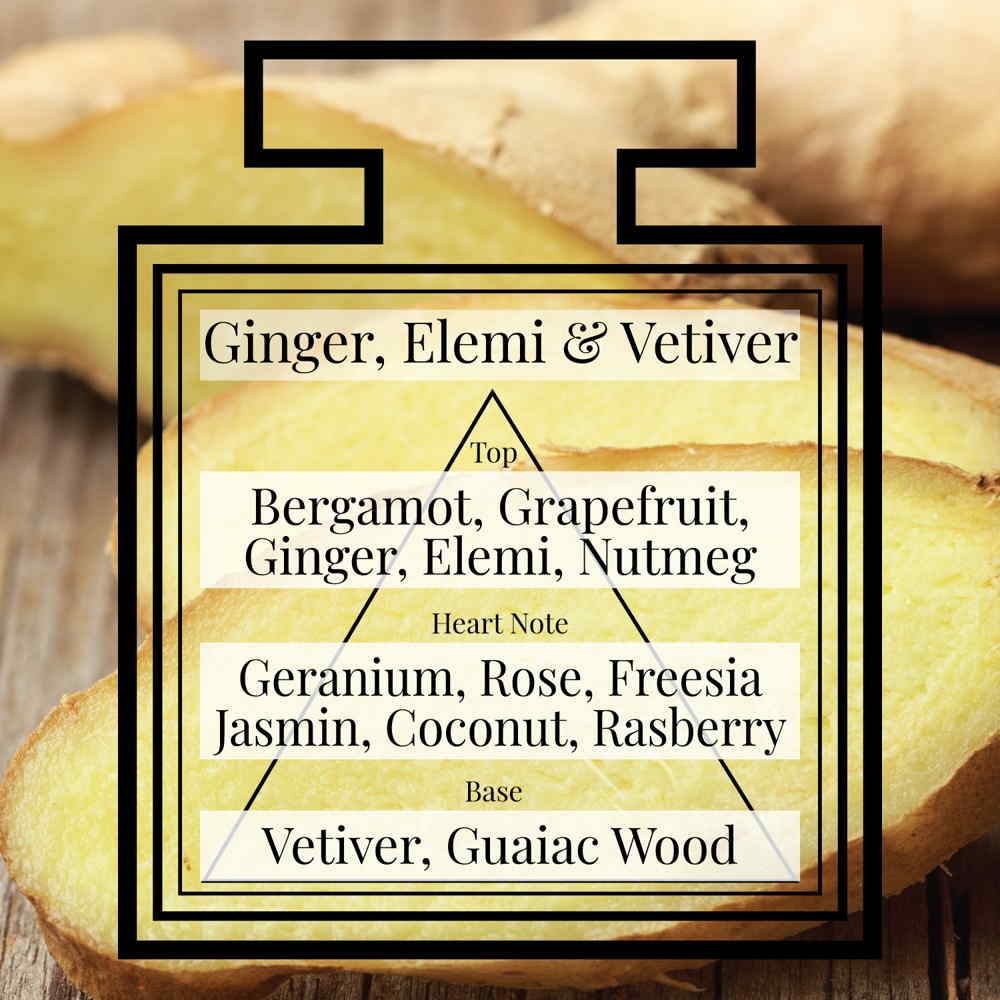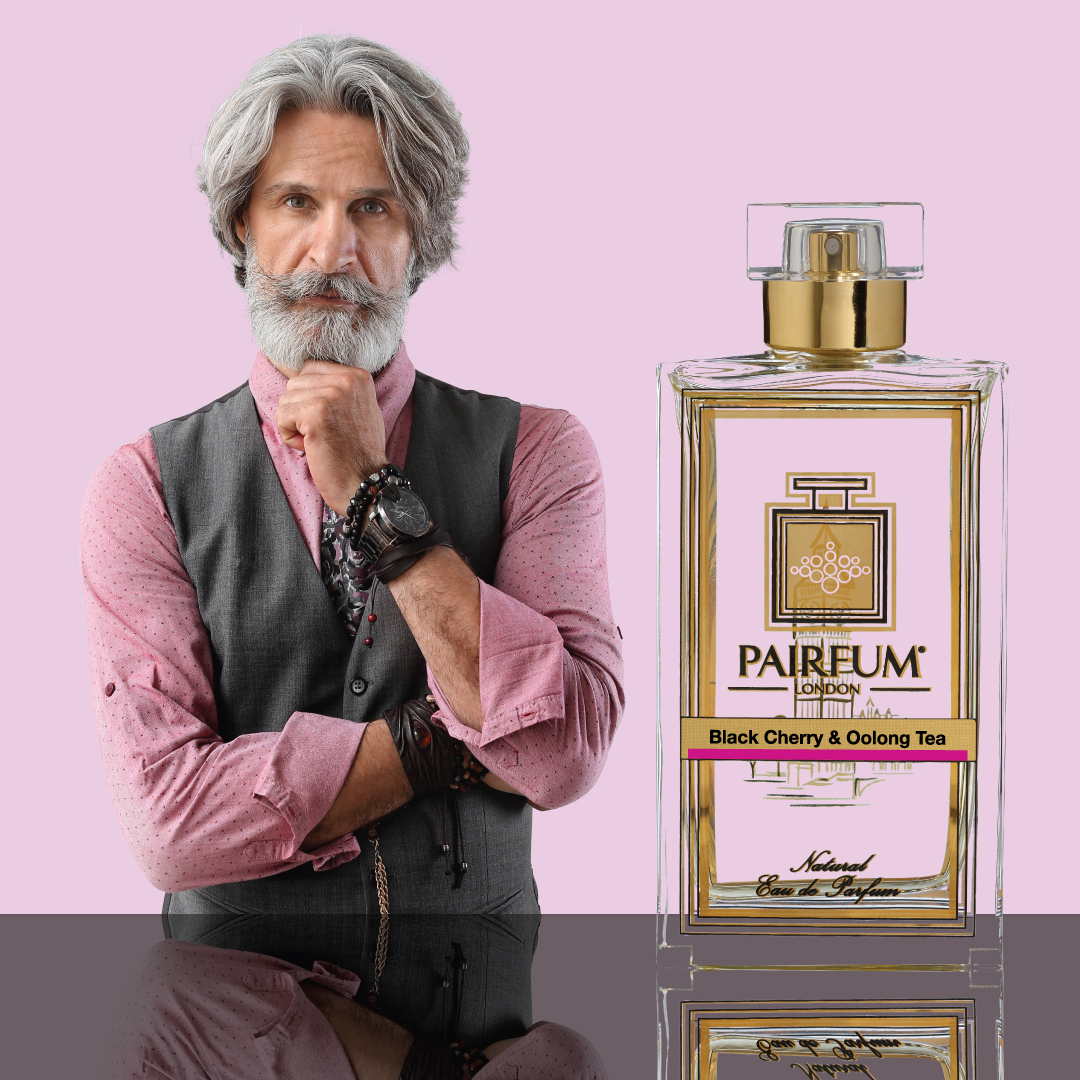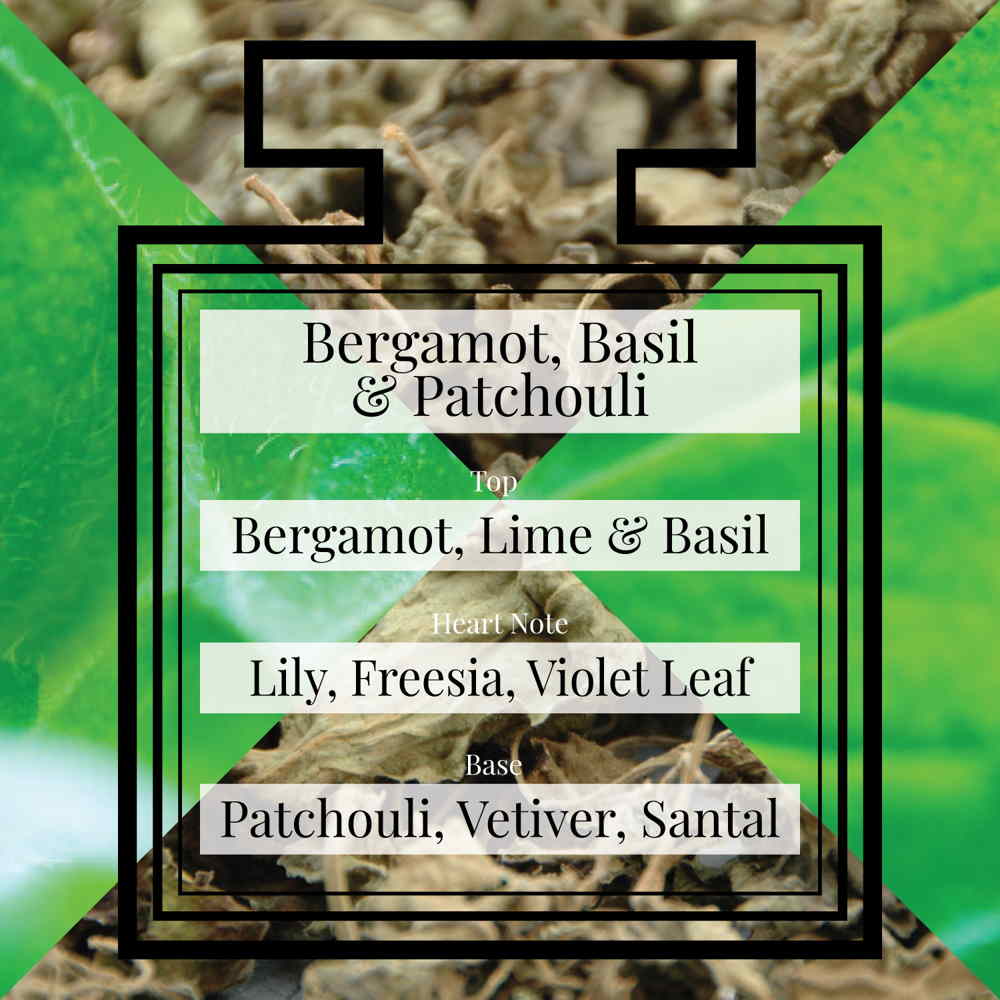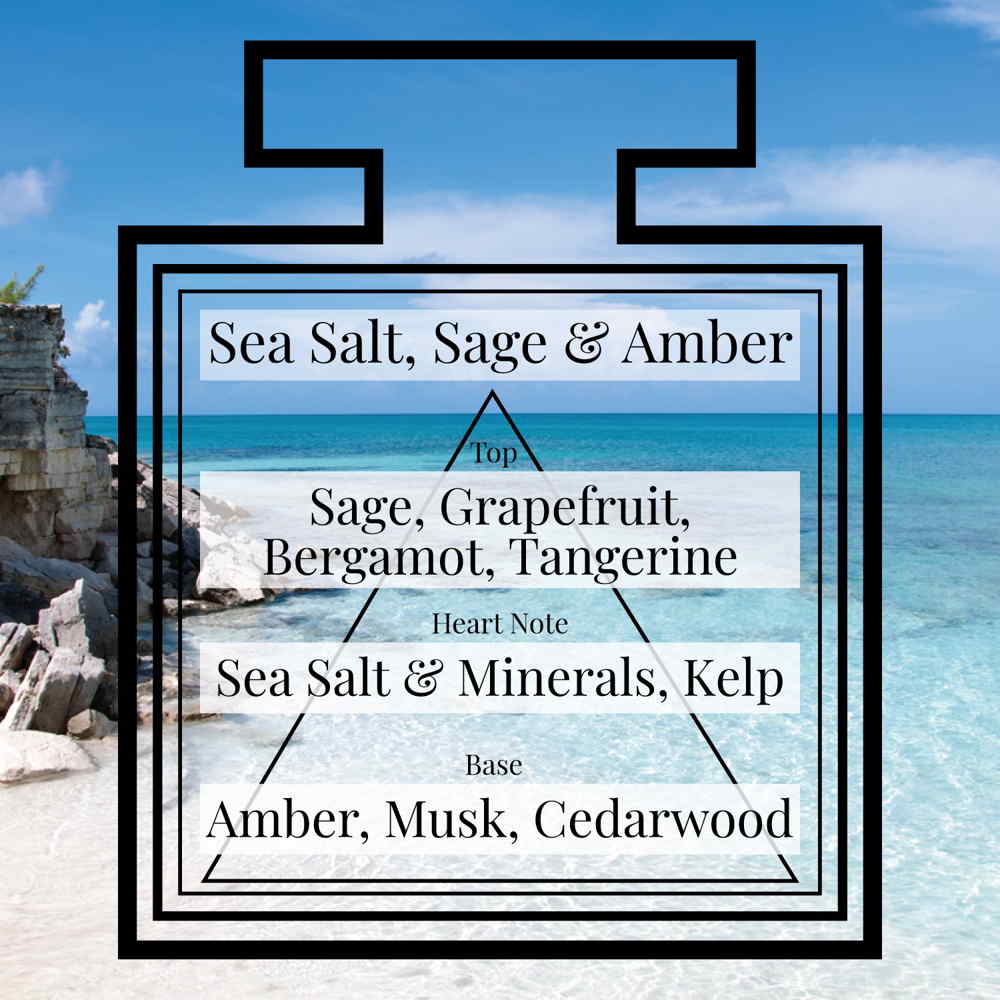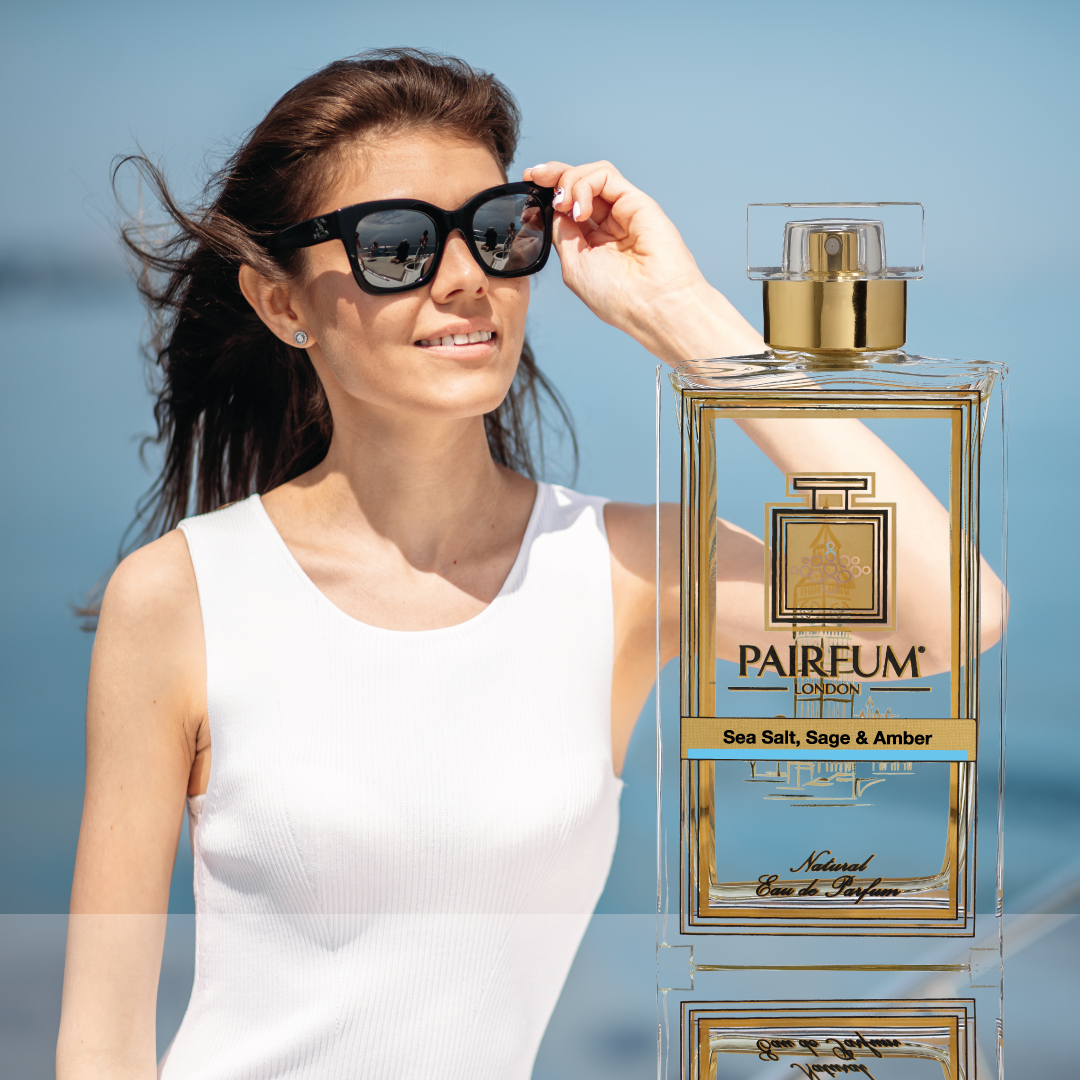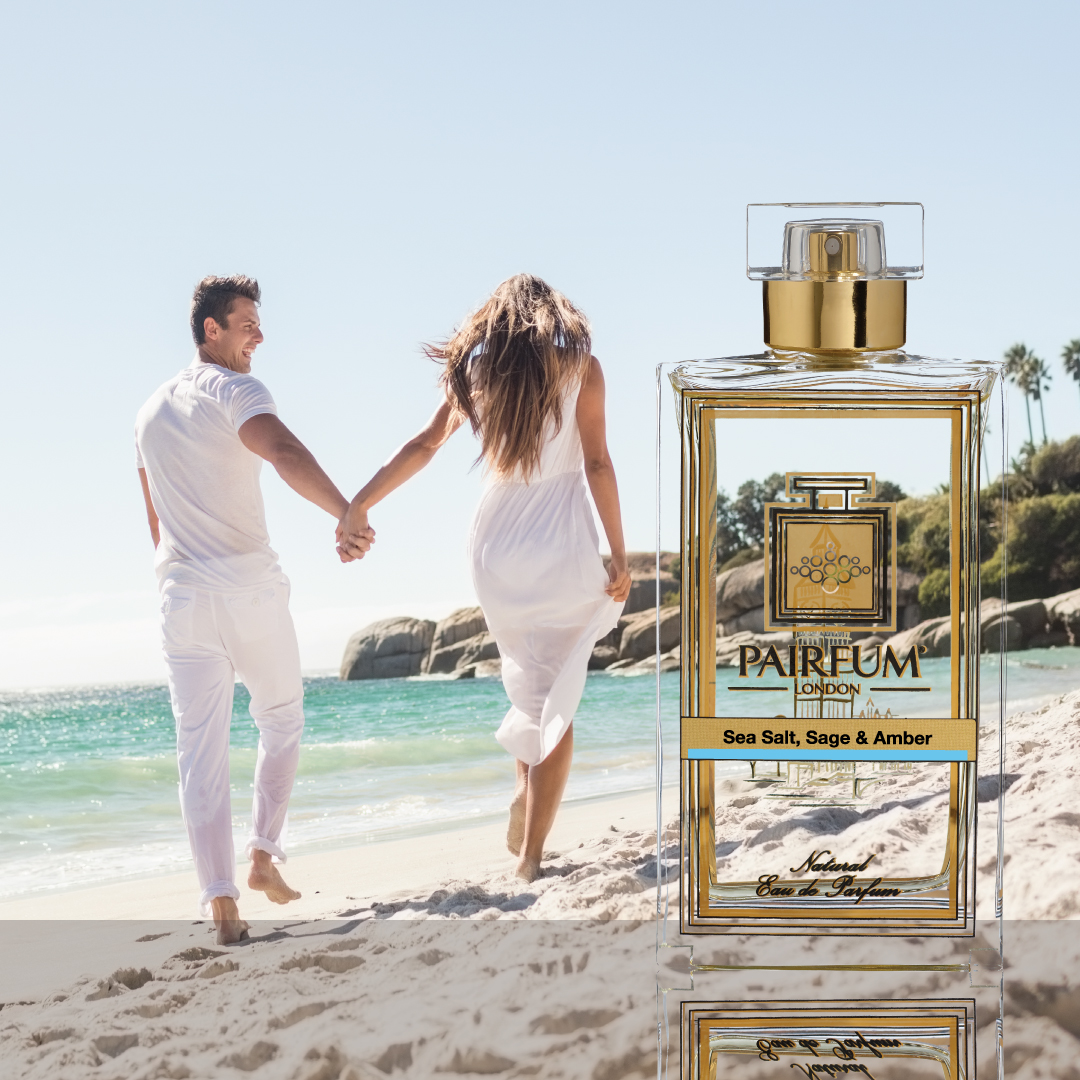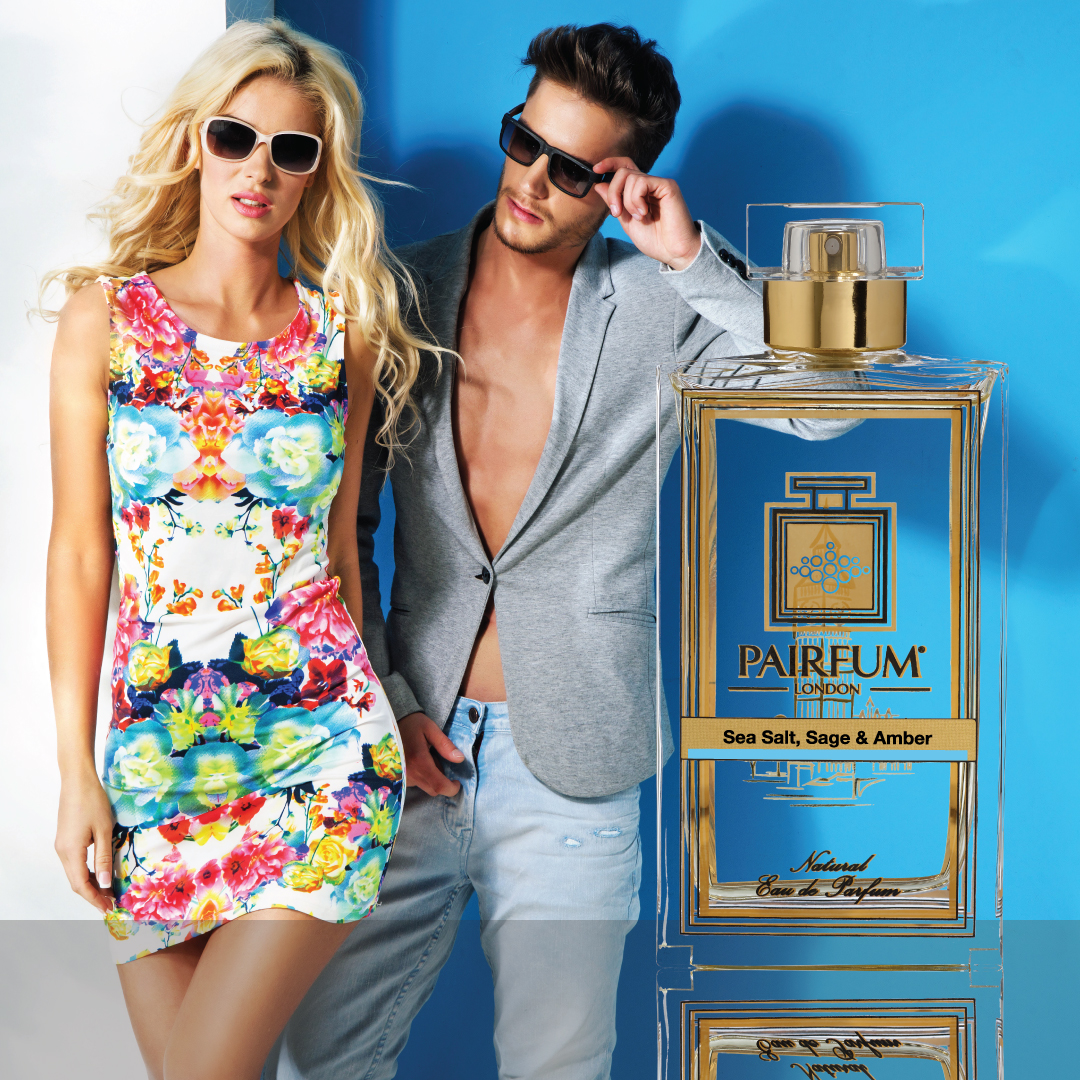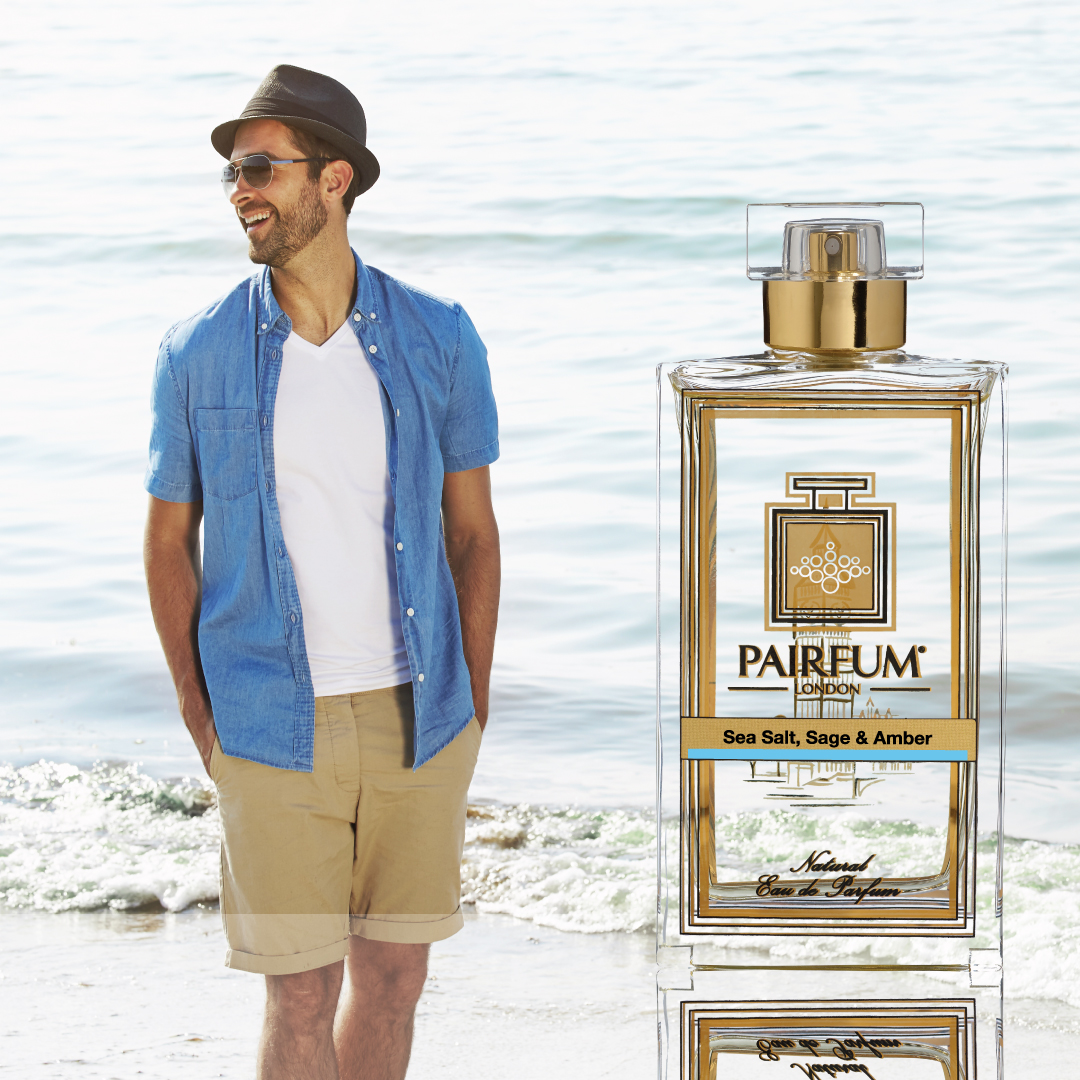There’s something timeless about guaiac wood in the perfume industry. A truly essential ingredient in notable fragrances worldwide, guaiac wood’s charm lies in its deep, smoky aroma that resonates with warmth and soul. This remarkable wood has been revered for its delightful aroma and durability for centuries. From ancient rituals to modern day perfumes, it has a story that speaks to rich traditions and enduring appeal, lending its unique woody scent to countless compositions. This precious wood is a versatile raw material for any perfumer.
Historically, guaiac wood was valued not only for its captivating fragrance but also for its medicinal properties. Indigenous cultures in Central and South America, particularly Native American communities, used this sacred wood, also known as Palo Santo or ‘holy wood’, in incense for spiritual ceremonies. They found the wood’s aroma both grounding and elevating. As the wood’s reputation spread, it captured the imagination of perfumers across the globe, cementing its status in the fragrance world. This rich history underscores its enduring appeal and deep cultural significance, setting it apart from many other natural fragrance ingredients. The very essence of this wood embodies a connection to ancient practices.
The Origin and Characteristics of Guaiac Wood
Guaiac wood, also known as Lignum Vitae or ‘wood of life’, primarily comes from the Guaiacum officinale, Guaiacum sanctum, and Bulnesia sarmientoi trees. These small trees are often referred to as guayacan or Palo Santo. They are native to the Gran Chaco region, flourishing wild in Argentina and Paraguay, key areas of South America. The name ‘Palo Santo’, with ‘palo’ meaning wood and ‘santo’ meaning saint or holy, translates to “holy wood” or “sacred wood”. This appellation stems from its historical medicinal applications and its profound significance in Native American spiritual practices. These trees are renowned for their incredibly dense and durable wood, which historically found practical uses in shipbuilding and machinery parts, long before its aromatic qualities were fully appreciated in perfumery. Beyond its fragrant properties, guaiac wood is one of the hardest and most resilient types of wood globally. Its heartwood often presents in shades of brown, black, or green, sometimes featuring elegant streaks. It has also been historically utilised for producing high quality charcoal and timber, showcasing the multifaceted utility of this particular wood.
The scent profile of guaiac wood is complex and multifaceted, making it a highly versatile raw material. It is formally categorised under “WOODS AND MOSSES” in perfumery and can present a broad range of nuances depending on its specific extraction. Commonly described as woody, balsamic, and smoky, this distinctive aroma also reveals sweeter, honeyed, and vanilla like facets. Hints of leather, tar, and even subtle powdery, mimosa, and rose like nuances can be detected from this intriguing wood. It is often perceived as less dry than cedarwood and possessing a harder, yet sweeter and more stable aroma than sandalwood, offering a profound depth and warmth to compositions. This unique combination of earthy and ethereal notes allows guaiac wood to evoke a sense of calm, introspection, and sophistication in any perfume or fragrance. Its rich woody scent provides a grounding base for many creations.

Types of Guaiac Wood Fragrances
Guaiac wood is versatile in the variety of perfumes it inspires. From earthy and complex compositions to delicate and uplifting blends, the types are as diverse as the destinations they originate from. Each perfume crafted with guaiac wood finds its personality through the wood’s origins and the techniques behind its extraction. Its unique woody character makes it a cornerstone of many a beautiful fragrance.
Here are some notable types of guaiac wood fragrances:
Smoky and Exotic:
Known for its bold character and rich aroma, this style of fragrance highlights the wood’s dark depth, often layered with spices like clove to add complexity. These fragrances often evoke images of ancient rituals and mystical lands, showcasing the wood’s profound, resinous facets and the deep, smoky aroma.
Floral and Woody:
These perfumes strike a balance between strength and softness, pairing guaiac wood with floral notes such as rose or lily for a refined and tender bouquet. The smoky facets of guaiac wood provide a fascinating contrast to the sweetness of the florals, creating a unique olfactory experience that is both robust and delicate, a truly captivating woody scent.
Citrus and Fresh:
Lively and brisk, these blends combine guaiac wood with bright citrus elements like lemon or bergamot, resulting in a refreshing aroma that still carries warmth. The unexpected combination offers a vibrant and invigorating take on woody fragrances, perfect for those seeking a modern twist on a classic woody scent.
Amber and Oriental:
Luxurious and inviting, these compositions bring together guaiac wood with notes of vanilla, amber, or resin to create an indulgent and intimate fragrance. The inherent warmth of guaiac wood beautifully complements the rich, sweet, and resinous qualities of oriental accords, creating a truly opulent and long lasting scent. The resinous aspect of the wood adds significant depth to such perfumes.
Leathery and Animalic:
In some daring compositions, guaiac wood’s tarry and smoky facets are amplified and paired with leathery or subtle animalic notes. These fragrances often exude a raw sophistication and can be incredibly compelling, offering a more edgy and assertive character that speaks to boldness and intrigue through its distinctive woody aroma.
Gourmand Interpretations:
While less common, some innovative perfumers explore guaiac wood in gourmand contexts, blending its smoky warmth with sweet notes like chocolate, coffee, or caramel. This creates a comforting and intriguing aroma that challenges traditional fragrance categories, offering an unexpected richness and a unique woody scent.
The beauty of guaiac wood lies in its depth and adaptability, which allows perfumers to shape experiences that range from subtle to bold. This diversity makes it ideal for both timeless perfumes and experimental new blends, appealing to a wide span of fragrance preferences. Its presence as a woody note elevates any fragrance.
Extraction Methods of Guaiac Wood Oils
Capturing the essence of guaiac wood is a careful and thoughtful process. Two main techniques are commonly used: steam distillation and maceration. Each method reveals different aspects of the wood’s natural aroma, resulting in distinct guaiac wood oil profiles.
Steam Distillation
This method involves chipping the wood and placing it into a chamber to allow steam to pass through. As the steam collects the oil from the wood, it is then cooled so the oil can be separated. The result is a lighter oil that retains the elegant and smoky fragrance of guaiac wood. This technique is favoured for being more efficient and preserving the subtle richness of the wood’s aroma. The guaiac wood essential oil obtained through steam distillation is typically a whitish yellow, semi crystallised paste at room temperature, a unique characteristic that perfumers must account for during formulation. This guaiac wood oil is crucial for many perfumes.
Maceration
In contrast, maceration involves soaking guaiac wood in oil or alcohol over a long period. This slow infusion process draws out a deeper, earthier essence, often resulting in a more resinous aroma. Though more time consuming, the depth achieved with maceration adds boldness to fragrance compositions. The resulting extract captures a broader spectrum of the wood’s complex aroma profile, including its heavier, more balsamic notes, often yielding a rich, dark absolute or resinoid. This method offers a distinct guaiac wood oil.
Both methods have their strengths, and the choice of technique often depends on the type of perfume being crafted. Whether going for a clean, refined note or a warm, grounding oil, the extraction method plays a major role in the final perfume design. The skilled perfumer understands how to utilise the distinct qualities offered by each extraction method to achieve their desired olfactory vision for a woody fragrance.

Iconic Perfumes Featuring Guaiac Wood
Guaiac wood has played an irreplaceable role in many beloved perfumes. Its unique warmth and smoky character allow it to either support other notes or stand confidently at the centre of a perfume’s arrangement. It blends exceptionally well with other notes such as cedarwood, oud/agarwood, bergamot, jasmine, spice, cloves, vanilla, musk, sandalwood, patchouli, vetiver, and amber, demonstrating its remarkable versatility as a woody note. The wood itself provides an ideal canvas for creativity.
Beloved Classics
Some of the most iconic guaiac wood perfumes feature it alongside other timeless elements such as rose, sandalwood, or amber. These compositions exude a sense of elegance and poise. The result is often a fragrance that is lingering and unmistakably sophisticated. Notable examples include compositions where guaiac wood provides a smoky, woody foundation for a tea inspired fragrance, or where its depth contributes to the perfume’s distinctive oriental woody character. These classics demonstrate the ingredient’s capacity to anchor and enhance complex compositions, creating a memorable sillage with its unique woody scent. The base note of guaiac wood is often the sole purpose of its inclusion, or part of a complex woody accord.
Modern Wonders
Contemporary perfume designers are taking guaiac wood in new directions. Recent blends pair this beautiful wood with unexpected elements like cucumber, sea salt, or mint, resulting in fresh yet grounded aromas. This shift opens up exciting new possibilities for everyday wear, offering a fresh take for those who crave something different from traditional woody perfumes. The distinctive smoky and woody fragrance of guaiac wood is increasingly found in these innovative creations. The masterful perfumer Geza Schoen, for example, is known for his innovative approach to fragrance. His work often highlights specific molecules, such as iso e super, an abstract synthetic molecule with a pronounced cedarwood tonality, which he combines with natural notes like guaiac wood. He describes how guaiac wood has the smokiness and aromatic quality of a great whisky, together with a creamy warmth, likening its presence to an “emulsified smoke” that melts into the iso e super, resulting in a skin scent that is both super sexy and erogenous. This combination offers a truly captivating woody scent with a unique cedarwood tonality and creamy warmth. Such innovative formulations demonstrate the boundless potential. The scent of such perfumes can be remarkably versatile.
The versatility of guaiac wood ensures it has a place in both heritage perfumes and modern innovations. Each creation that incorporates this beautiful wood carries a personality all its own, speaking to the artistry of the perfumer and the enduring allure of this remarkable ingredient. The aroma of this specific wood continues to inspire.
Using Guaiac Wood in Modern Fragrance Design
In current fragrance design, guaiac wood continues to inspire creativity and elevate perfume compositions. Modern perfumers are drawn to its rich profile and ability to weave seamlessly into both masculine and feminine perfumes. Its rich and adaptable nature makes it a favoured choice for creating signature scents with lasting appeal, providing a robust base note for any sophisticated fragrance.
A Bridge Between Fragrance Notes
Designers often use guaiac wood as a base note, grounding a fragrance and adding long lasting depth. Its fixative properties are particularly valuable, as they help to prolong the life of other, more volatile notes, ensuring a fragrance has excellent longevity and a captivating dry down. Guaiac wood serves as an excellent link between heart and base notes, seamlessly bridging different scent layers. Some perfumes focus on showcasing guaiac wood alone, allowing the natural richness of the wood to shine, often in minimalist compositions where its nuances can truly be appreciated as the dominant woody scent. Others combine it with unexpected ingredients for contrast, such as cooled herbs or marine notes, emphasising duality and creating surprising olfactory journeys. For instance, pairing it with crisp green notes can highlight its smoky freshness, while combining it with sweet resins or a touch of orris can amplify its balsamic warmth. Historically, guaiac wood has been effectively incorporated into tobacco and leather scents, contributing a unique character and richness. The interplay with ingredients like patchouli, vetiver, musk, and tonka bean further refines the complex woody character. Such creative approaches allow for truly unique and memorable fragrances. Guaiac wood oil Paraguay is particularly valued for its distinct aroma.
Sustainability
Sustainability is another reason modern perfumers favour guaiac wood. While the Bulnesia sarmientoi tree (also known as Guaiacum sanctum in some contexts) has faced conservation concerns and is listed in CITES Appendix II, which controls international trade, the sourcing of guaiac wood essential oil often employs sustainable practices. This means the trade in guaiac wood oil from countries like Paraguay is managed to minimise environmental impact. Responsible suppliers work with communities in South America, particularly in the Gran Chaco region, to ensure sustainable harvesting practices. This promotes biodiversity and supports local economies, ensuring the long term availability of this precious natural wood for future generations of perfumers. The discussion around guaiac wood and whether it is an endangered species highlights the importance of ethical sourcing for all raw materials in perfumery. This commitment to responsible practices extends to a wide range of related products in the fragrance family.
Trends come and go, but guaiac wood remains a consistent favourite because of its adaptability and timeless aura. From luxury collections to bespoke artisan perfumes, this woody raw material continues to serve as an anchor for innovation, providing a familiar yet endlessly intriguing foundation for creative expression. Its inherent ability to add a touch of sophistication and mystery ensures its continued prominence in the ever evolving world of fragrance, from a delicate perfume to a robust cologne. This versatile wood is key.

Exploring the Depths of Guaiac Wood in Fragrance
The smoky depth of guaiac wood makes it a key component in perfumes aiming for a profound and lasting impression. This woody note provides a powerful anchor, allowing a fragrance to develop slowly and gracefully on the skin. The aroma of guaiac wood, especially the guaiac essential oil, contributes significantly to the overall personality of a perfume, shaping its trajectory from the initial impression to the final, lingering dry down. It is often the element that provides that desired woody scent, offering a unique and complex character that transcends simple woodiness. In some cases, perfumers seek to create “deep blue products,” a fragrance family often associated with fresh, aquatic, and profound characteristics, where the grounding woody presence of guaiac wood can provide an unexpected yet harmonious contrast, adding a layer of sophisticated warmth to cool aquatic notes.
The rich character of guaiac wood means that even a small tree can yield a significant amount of its precious wood, a truly valuable raw material for the perfumery world. The woody character is undeniable and its aroma is always distinct.

Guaiac Wood Fragrances & Notes with Pairfum London
Spiced Rum, Lime & Guaiac Wood – Eau de Parfum by Pairfum London
This Connoisseur’s accord opens with the intense aroma of Rum, nuances of Lime & Lemon and a radiant combination of Nutmeg & Pepper. The heart is deep and rich with Tuberose, Iris and Vintage Leather. A fond of Guaiac Wood, Cedar, Golden Amber, Vanilla Pod and Musk complete this luxuriously fluid fragrance.
Ginger, Elemi & Vetiver – Eau de Parfum by Pairfum London
A surprising fusion of spices and freshness, it opens with notes of Bergamot, Grapefruit and a trace of Lavender, combined with Ginger, Elemi, Nutmeg & Cinnamon. The heart is composed of Geranium, Rose, Freesia, Gardenia, Jasmine and Orange Blossom, with fruity hints of Coconut and Raspberry. A base of Vetiver, Guaiacwood, Cedar, Amber, Cashmere Musks, Vanilla & Moss supports this note beautifully.
Embrace the Timeless Essence of Guaiac Wood
Guaiac wood holds an enduring place in perfumery. Its journey from sacred rituals in ancient cultures to luxurious bottles today reflects its natural allure and powerful aroma. Past and present blend through every perfume it touches, creating a lasting impression that is both soulful and elegant. This remarkable wood continues to inspire perfumers globally.
This wonderful aromatic wood offers something for everyone. Whether you prefer notes that are smoky, floral, woody, or citrus infused, guaiac wood brings harmony and depth to any blend. Its remarkable versatility allows it to seamlessly integrate with a myriad of other ingredients, enhancing their qualities while maintaining its distinct woody personality. By adding a fragrance featuring guaiac wood to your fragrance wardrobe, you’re embracing centuries of tradition and celebrating individual style, choosing a scent that speaks to both ancient wisdom and modern sophistication. This woody fragrance is truly special.
Explore the rich world of fragrance design and discover how timeless ingredients can shape truly unforgettable aromas. If you’re drawn to smoky elegance and warm depth, allow yourself to discover perfumes that bring this remarkable note to life in beautifully crafted ways, inviting you on an olfactory journey that is both comforting and captivating. The sheer variety of fragrance options containing this wood is vast, offering an ideal scent for every preference.


